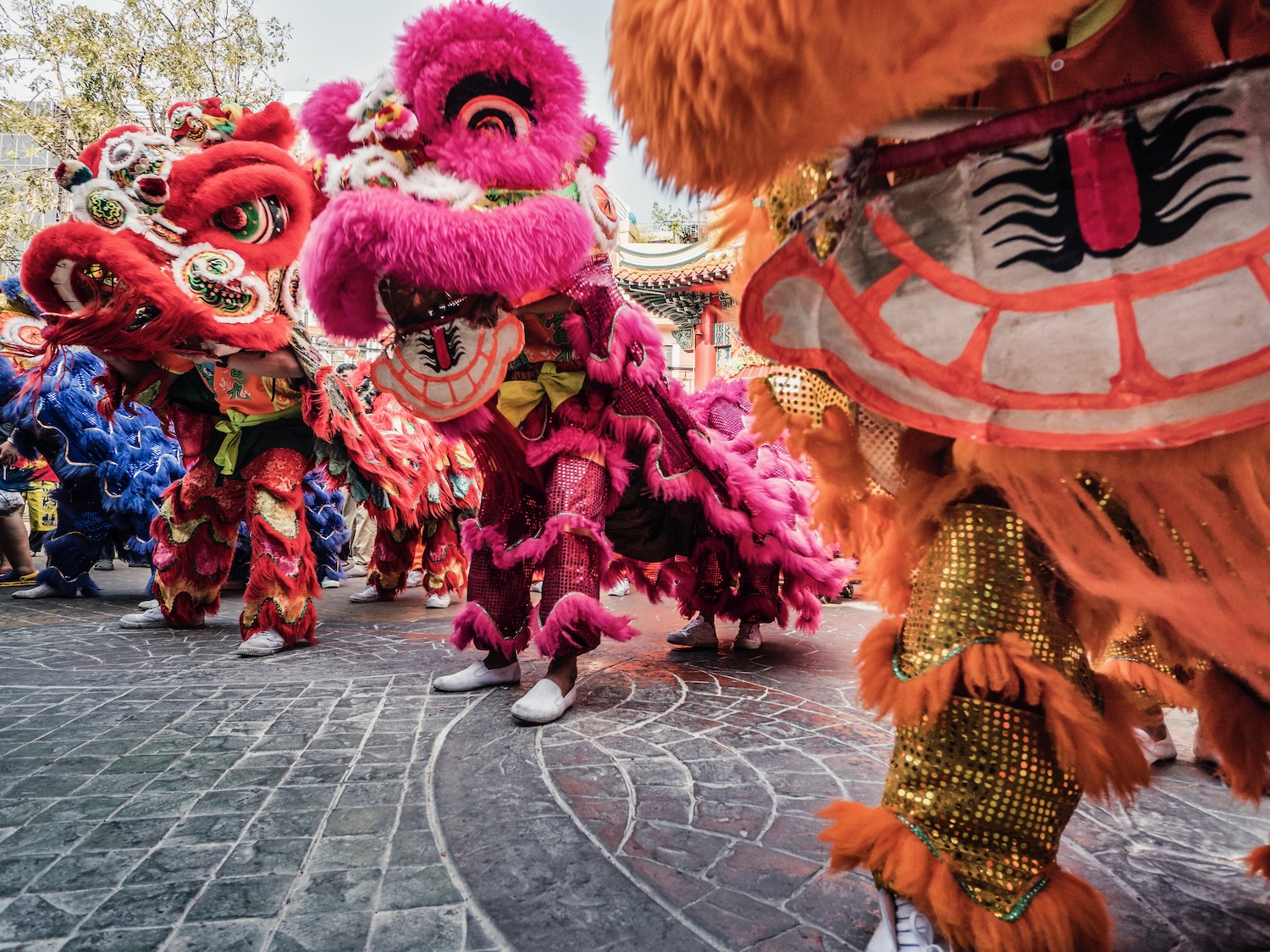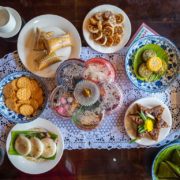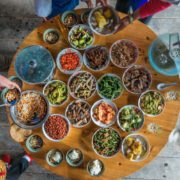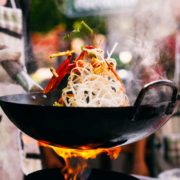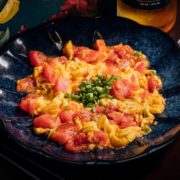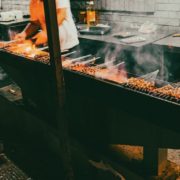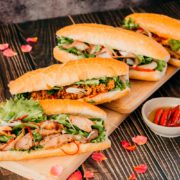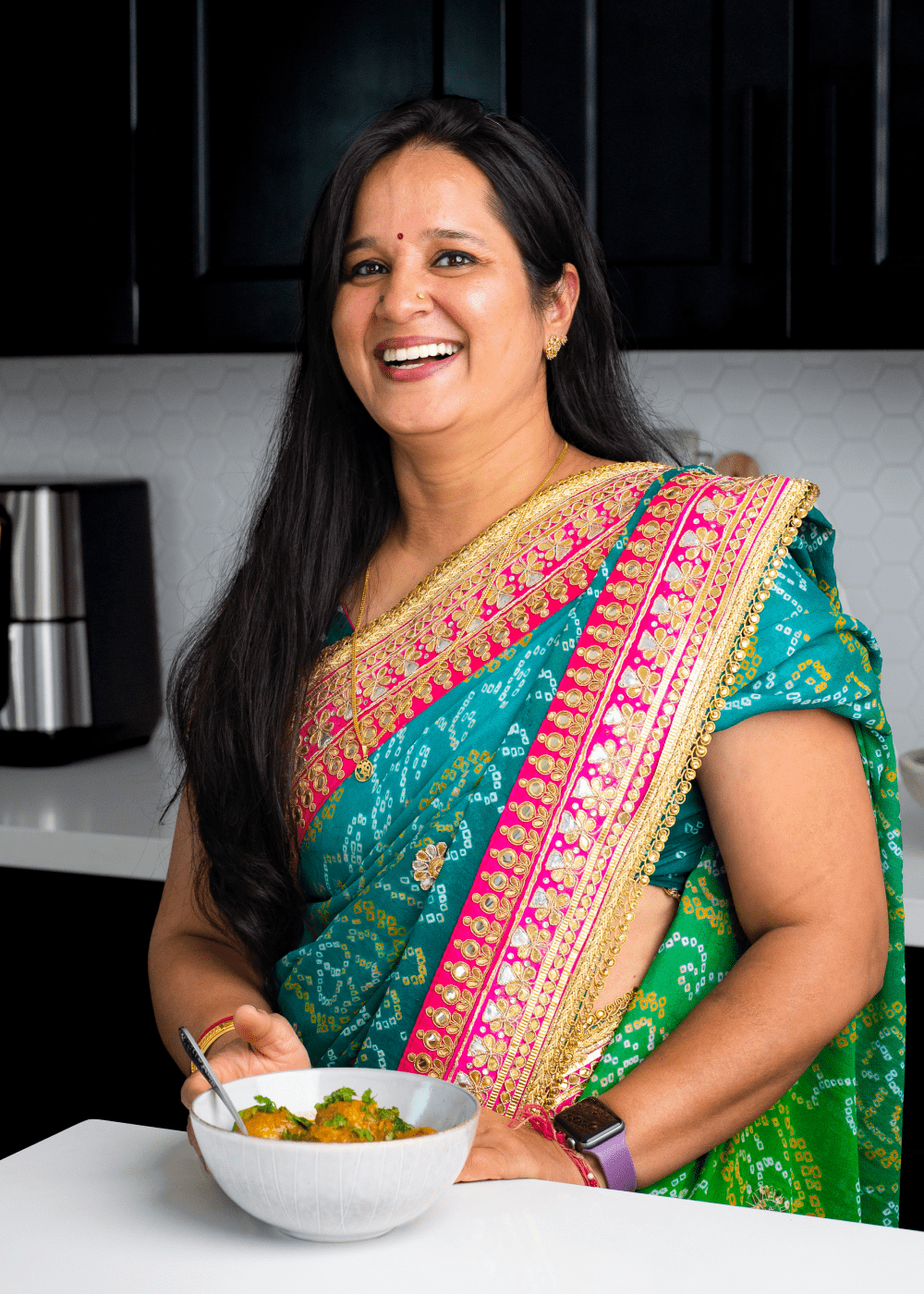A Short Guide to Chinese Holidays and Celebrations
Chinese festivals are an integral part of the country’s culture. Read on to learn about three of the most significant ones: Chinese New Year, the Dragon Boat Festival, and Mid-Autumn Festival.
Chinese New Year
Chinese New Year is the most important holiday celebrated in China. Public celebrations consist of major street festivals and fireworks marking the beginning of spring. It’s customary for family members to take time off from work and to travel far and wide to spend time with their loved ones. The dinner table is a centerpiece of the holiday, where friends and family gather together to celebrate the start of a new lunar year.
Many traditions are associated with Chinese New Year, including adornments of red clothing and gifts. In addition, many Chinese families will clean and rest during this holiday period. One of the most popular customs is to gift pocket-sized red envelopes filled with money to those around you. The gift of money is a symbol of prosperity and fortune and is the perfect representation of Chinese New Year, and its significance in Chinese culture.
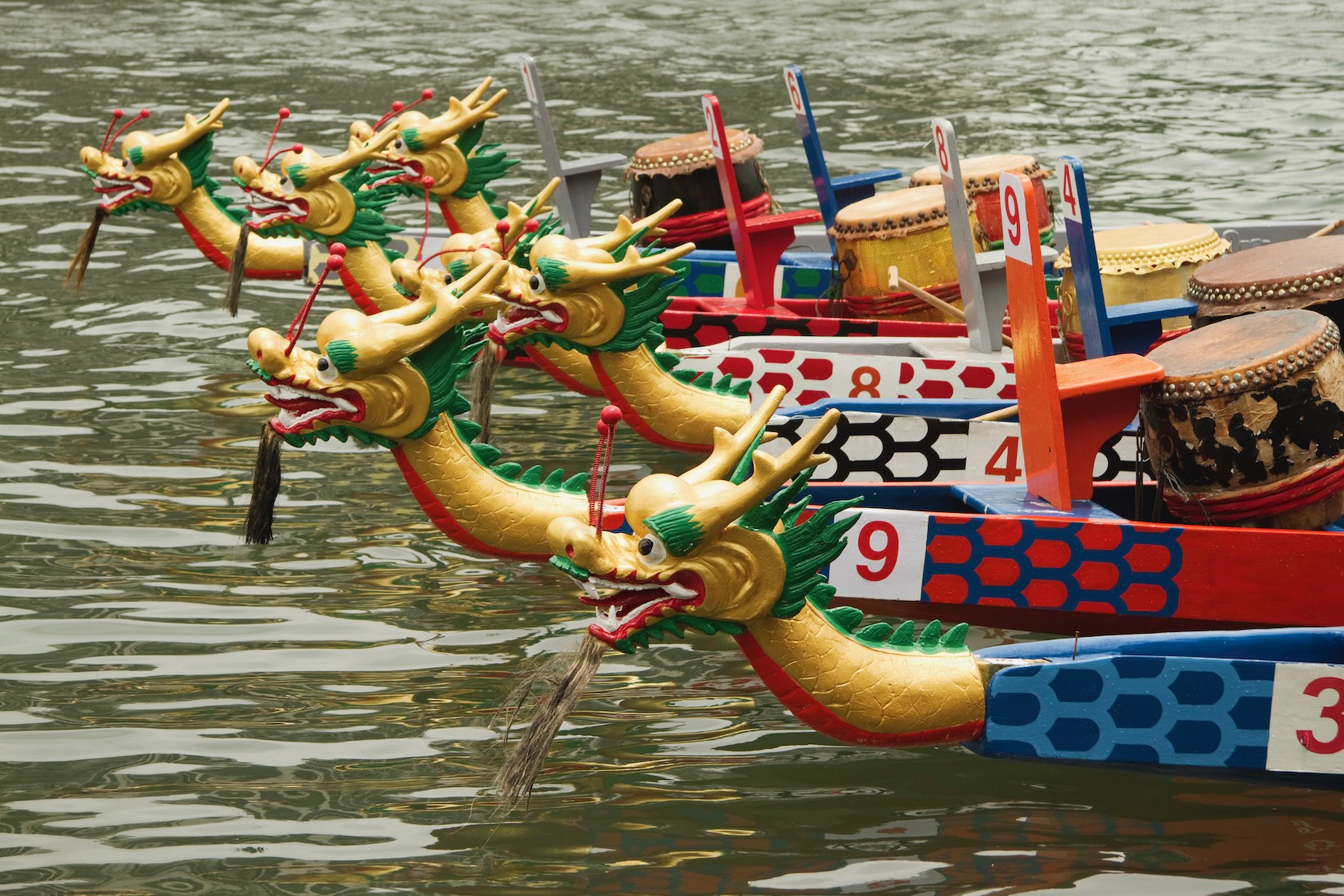
Dragon Boat Festival
The Dragon Boat Festival is an essential and exciting holiday in Chinese culture. It occurs on the 5th day of the 5th month of the lunar calendar (early summertime) and is often referred to as the “Double Fifth Festival.” The festival is said to be celebrated in commemoration of Qu Yuan, a famous Chinese poet and politician known for his patriotism. The story goes that after political misfortune, Qu Yuan drowned himself in the Miluo River. In a desperate attempt to rescue him, boats raced to his aid, but none were able to save him. Locals then dropped balls of sticky rice into the river hoping the fish would eat the rice cakes and leave his body unharmed.
Today, dragon boat races are held throughout the country, where competitive teams will row and paddle dragon-adorned boats in a friendly tournament for their city. Locals will also prepare sticky rice dumplings or “zongzi” in memory of Qu Yuan. The dumplings are made of gelatinous rice stuffed with savory or sweet fillings, then bound in bamboo leaves. For millennia, family and friends have gathered together to make sticky rice dumplings as a tribute to their heritage.
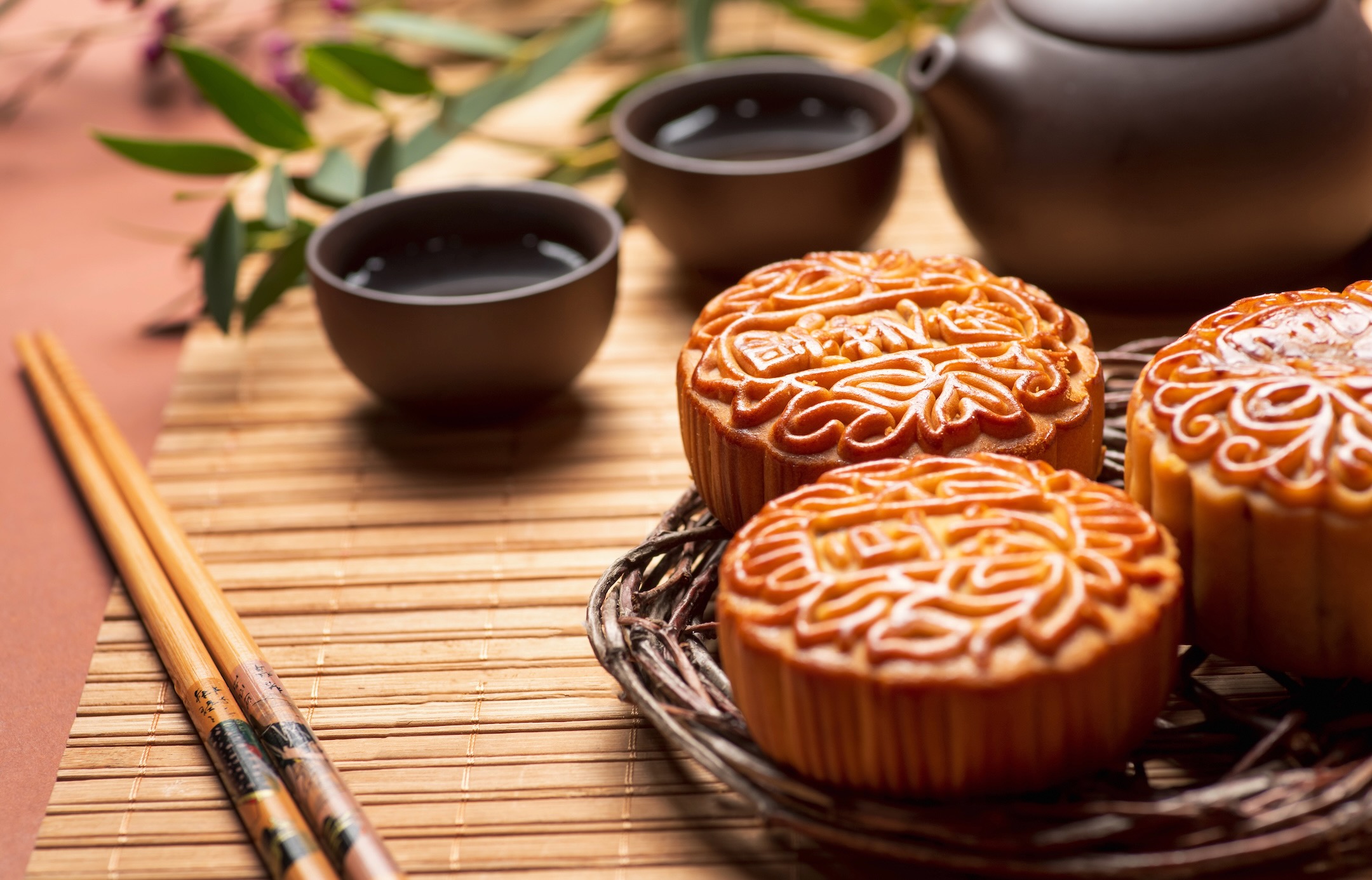
Mid-Autumn Festival
The Mid-Autumn Festival is a symbol of bountiful harvest and prosperity in Chinese culture. The origins of this beloved holiday trace back thousands of years to the Zhou Dynasty of 1050 B.C. At the time, ancient Chinese emperors worshipped the harvest moon in autumn in hopes of a good harvest season in the spring. Chinese culture continues to commemorate this tradition by gathering together for night festivals. These events include lighting lanterns, gazing at the moon, and eating specific Chinese dishes.
Chinese mooncakes, a dense Chinese pastry filled with lotus beans, sweet red bean paste, and jujube, are a must-have Chinese delicacy during the Mid-Autumn Festival. They’re elegantly designed, and often feature auspicious Chinese characters to commemorate this culturally significant holiday.
Order now to have these Chinese dishes delivered to your door.

